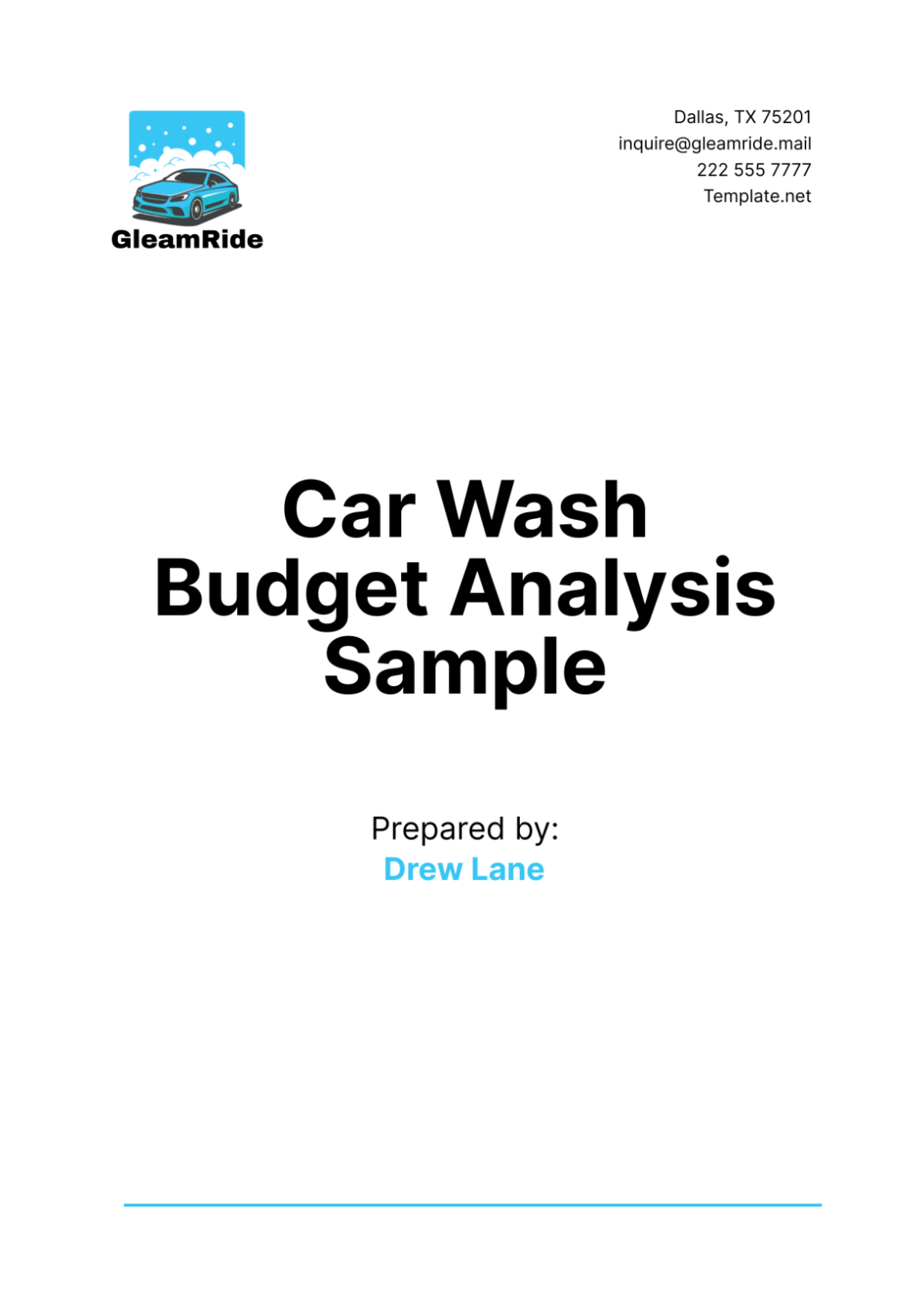Cost-Effectiveness Analysis Design
Prepared by: [YOUR NAME]
Organization: [YOUR COMPANY NAME]
Date: [INSERT DATE]
I. INTRODUCTION
Purpose: The purpose of this cost-effectiveness analysis is to evaluate the financial and operational feasibility of [INSERT PROJECT, POLICY, OR PROGRAM NAME]. This will guide decision-making by identifying the most cost-effective option among available alternatives.
Scope:
Evaluate [INSERT NUMBER] alternatives.
Focus on [SPECIFY GOAL, SUCH AS HEALTH OUTCOMES, INFRASTRUCTURE IMPROVEMENT, OR EDUCATION ENHANCEMENTS].
Align with [INSERT STRATEGIC OBJECTIVES, E.G., ORGANIZATIONAL MISSION, GOVERNMENT POLICY, ETC.].
II. METHODOLOGY
A. DEFINITION OF COSTS
Direct Costs: [INSERT EXAMPLES, E.G., MATERIALS, LABOR, EQUIPMENT, ETC.].
Indirect Costs: [INSERT EXAMPLES, E.G., ADMINISTRATIVE EXPENSES, OVERHEAD, ETC.].
Opportunity Costs: [INSERT EXAMPLES, E.G., LOSS OF POTENTIAL BENEFITS FROM ALTERNATIVE PROJECTS].
B. DEFINITION OF EFFECTIVENESS
Metrics: [INSERT OUTCOME MEASURES, E.G., LIVES SAVED, STUDENTS GRADUATED, ETC.].
Benchmarks: [DEFINE TARGET PERFORMANCE STANDARDS OR GOALS].
C. DATA COLLECTION SOURCES
Primary Data: [INSERT SOURCES, E.G., FIELD SURVEYS, EXPERIMENTAL RESULTS, ETC.].
Secondary Data: [INSERT SOURCES, E.G., INDUSTRY REPORTS, LITERATURE REVIEWS, ETC.].
D. ANALYTICAL APPROACH
Cost Estimation: Use [INSERT METHOD, E.G., BOTTOM-UP, ACTIVITY-BASED COSTING, ETC.].
Effectiveness Estimation: Apply [INSERT METHOD, E.G., COMPARATIVE ANALYSIS, MODELING TECHNIQUES, ETC.].
Cost-Effectiveness Ratio: Calculate the ratio using the formula:
Cost-Effectiveness Ratio = Total Cost / Total Effectiveness
III. ALTERNATIVES ANALYZED
ALTERNATIVE 1: [INSERT ALTERNATIVE NAME]
Description: [INSERT DETAILS OF THIS OPTION].
Estimated Cost: [INSERT AMOUNT].
Expected Effectiveness: [INSERT METRIC AND VALUE].
ALTERNATIVE 2: [INSERT ALTERNATIVE NAME]
Description: [INSERT DETAILS OF THIS OPTION].
Estimated Cost: [INSERT AMOUNT].
Expected Effectiveness: [INSERT METRIC AND VALUE].
(Repeat for additional alternatives)
IV. RESULTS
A. SUMMARY TABLE
Alternative | Cost (in [INSERT CURRENCY]) | Effectiveness ([INSERT METRIC]) | Cost-Effectiveness Ratio |
|---|---|---|---|
[ALTERNATIVE 1] | [INSERT AMOUNT] | [INSERT VALUE] | [INSERT VALUE] |
[ALTERNATIVE 2] | [INSERT AMOUNT] | [INSERT VALUE] | [INSERT VALUE] |
B. INTERPRETATION OF RESULTS
Alternative [INSERT NAME] is the most cost-effective option because [INSERT REASON, E.G., LOWEST RATIO, BEST OUTCOMES, ETC.].
Key trade-offs include [INSERT TRADE-OFFS, E.G., HIGHER INITIAL COSTS BUT BETTER LONG-TERM OUTCOMES].
V. SENSITIVITY ANALYSIS
Scenario 1: Increase in cost by [INSERT PERCENTAGE OR VALUE].
Scenario 2: Decrease in effectiveness by [INSERT PERCENTAGE OR VALUE].
Scenario 3: Combined changes in cost and effectiveness.
Findings: Changes in [INSERT KEY VARIABLE] significantly affect [INSERT OUTCOME, E.G., CHOICE OF ALTERNATIVE].
VI. CONCLUSION AND RECOMMENDATIONS
Conclusion: The most cost-effective option is [INSERT NAME], based on its superior cost-effectiveness ratio and alignment with organizational goals.
Recommendations:
[IMPLEMENT OR PROCEED WITH CHOSEN ALTERNATIVE].
Monitor [INSERT PERFORMANCE METRICS] to validate the expected outcomes.
Consider periodic reassessment to account for [INSERT FACTORS, E.G., MARKET CHANGES, TECHNOLOGICAL ADVANCES, ETC.].
VII. APPENDICES
Appendix A: Detailed Cost Calculations
Appendix B: Data Sources and Assumptions
Appendix C: Sensitivity Analysis Charts
For further inquiries or clarifications, please contact [YOUR NAME] at [YOUR EMAIL].

















































